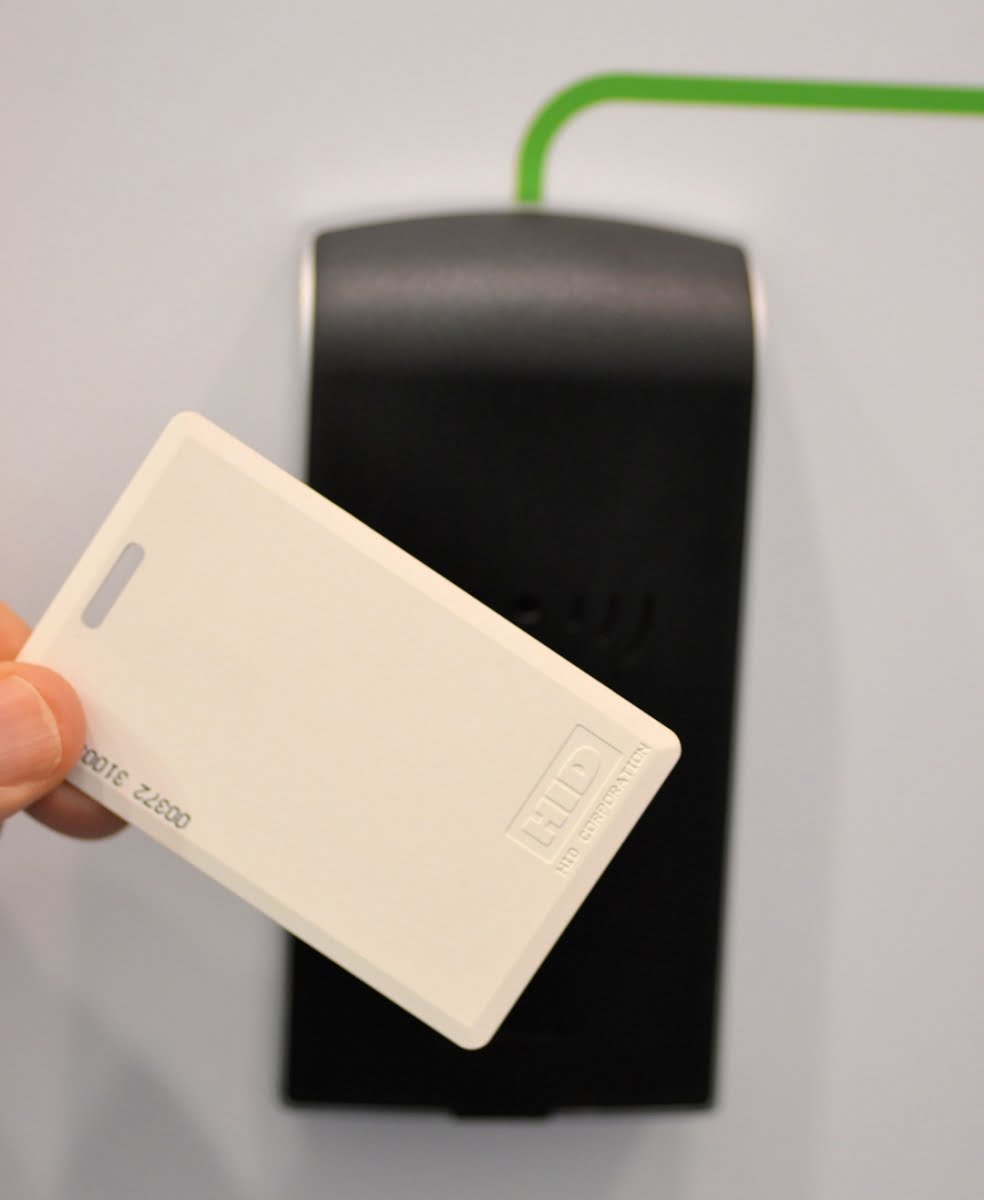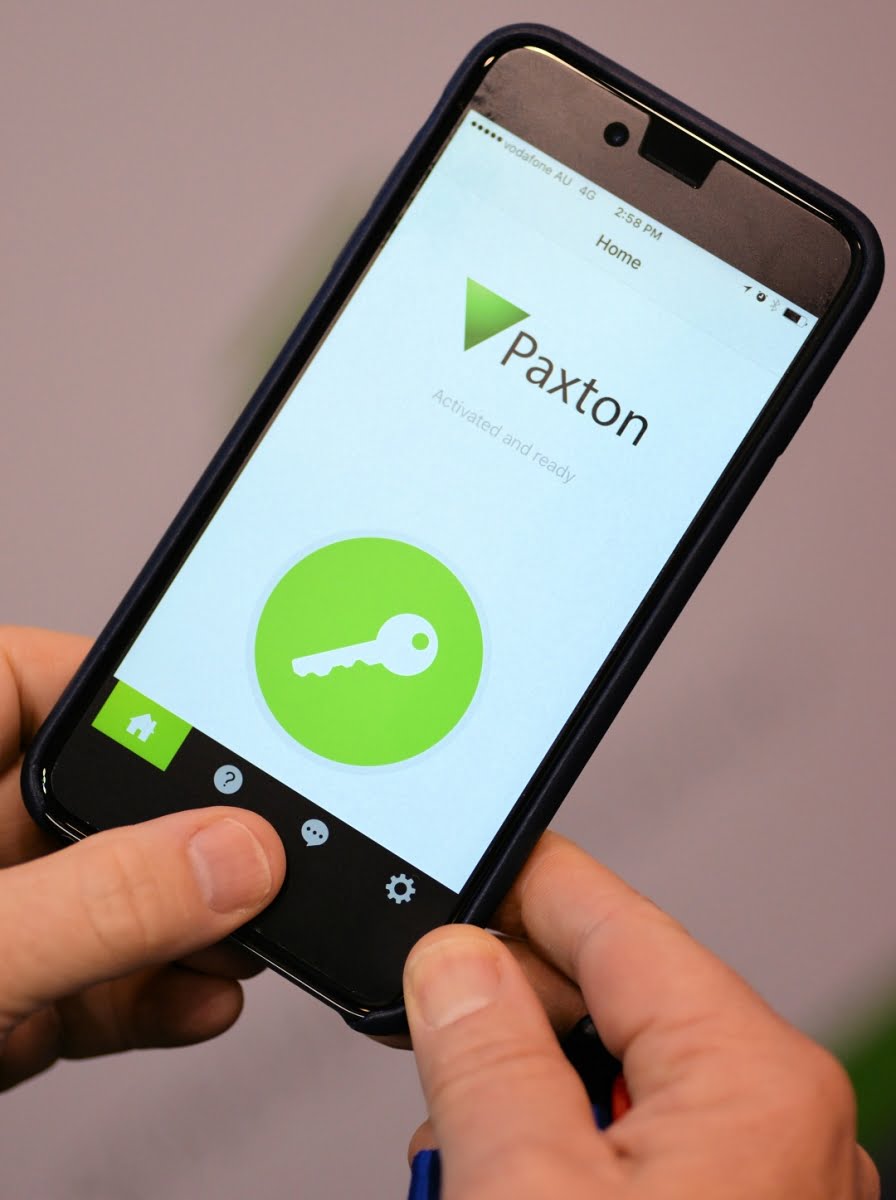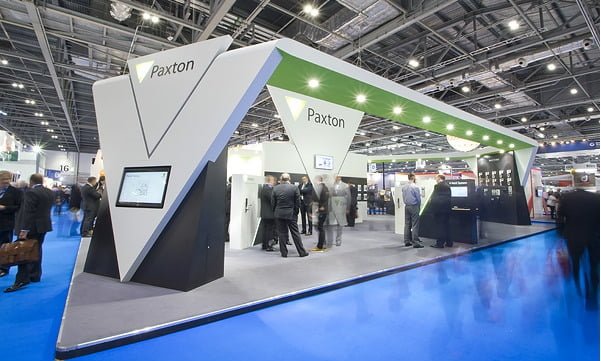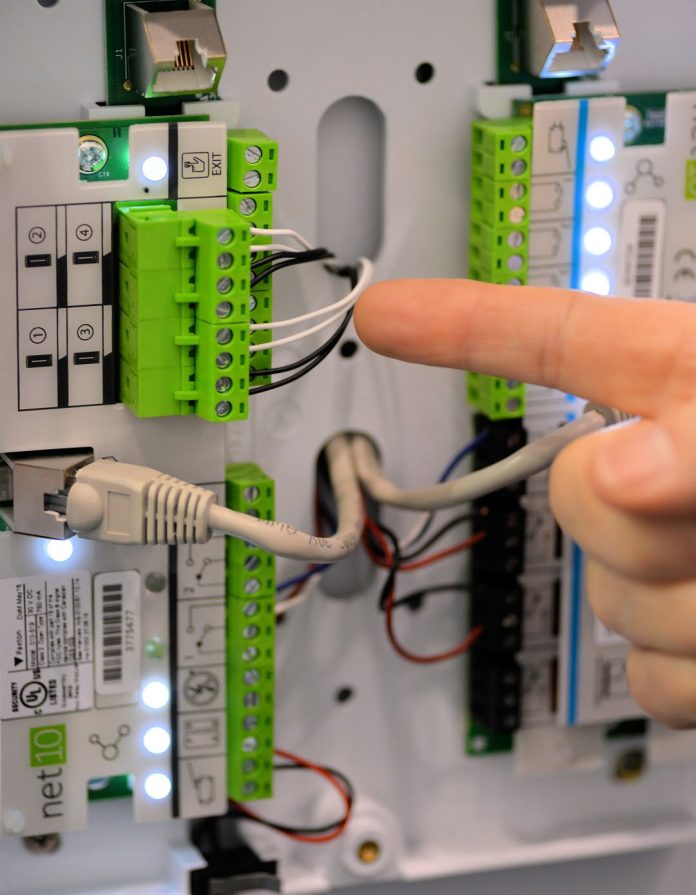PAXTON net10 building intelligence and automation solution from Security Distributors Australia is license free, carries a long warranty, supports multi-format readers and has an integrated wireless network. This new solution is a strong addition to the Paxton line-up, firmly underscoring the company’s strong networking credentials.
WHAT is Paxton net10? That’s an interesting question because in a number of ways Paxton net10 is whatever sort of system you need it to be. A building intelligence solution is the short version of the story but that’s a rather opaque descriptor that doesn’t offer sufficient shape. The designers of Paxton net10 build the system to handle security, automation and energy management – the security side covers access control, intrusion alarms and CCTV.
And net10 is modular – you just go on adding modules and the free software goes on managing them, all the way to 50,000 users and 1000 doors. If you need additional options there’s a one-off $A500 cost but for the mid-market Paxton and its local representative Security Distributors Australia, are targeting, 1000 doors is plenty enough.
There’s more here than meets the eye. As well as security, automation and energy management out of the box, Paxton net10 interfaces with existing sub systems to control lighting, heating, air conditioning, intruder and fire detection. Operationally, a solution consists of a combination of PoE net10 controllers, net10 door connectors, net10 I/O connectors, net10 alarm connectors, net10 smartpoints, net10 servers, all supporting multi-format readers, as well as cameras from Dahua and Hikvision. The I/O connectors bring in subsystems that are designated during the Paxton-simple programming process. The overall solution is managed using Paxton’s web-based user interface and mobile interface.
The net10 controllers can simultaneously record footage from 2 IP cameras while also controlling 2 doors. There’s built-in high capacity rechargeable battery providing 43 watt hours of backup and hybrid power to deal with spikes in load, along with peer-to-peer communication, to ensure system resilience while reducing overall system bandwidth and latency.

The Paxton net10 connectors are clearly labelled and easy to wire, minimising installation time. The Paxton net10 door connector provides the interface to link all devices to control a door. Its modular design makes Paxton net10 an easily scalable system. Detachable terminals mean quick and hassle-free maintenance and there’s a corresponding housing for 1 or 2 connectors and IDC termination. Each connector supports 1 door and up to 4 readers, as well as having a powered lock output and 2 4A bistable relay outputs. An optional connector housing allows the hosting of 2 connectors.
Paxton net10 Building Intelligence & Automation
Meanwhile, the net10 I/O connector controls mains devices within a building, based on pre-defined criteria. When used in combination with triggers and actions within the net10 software the I/O connector can control devices such as lighting, air conditioning and heating, allowing management of a building’s energy consumption. There are 5 digital inputs which are monitored through the software, there are 4 output relays capable of switching mains powered circuits of up to 16A and these work in combination with net10 triggers and actions to give flexible control to appliances. Again an optional connector housing allows the hosting of 2 connectors.

There’s a site graphics engine allowing visual management of a building, there’s secure remote access capability outside of the LAN, the intuitive user interface makes for easy programming and management and the powerful and flexible building automation hardware and software allows installers and users plenty of control. Being modular, Paxton net10 is scalable and the multi-format token readers make administration of users easier. Same as the net2 Plus, you drive Paxton net10 through an HTML5 software GUI (there’s also a mobile interface) that lives in the integrated Paxton net10 server, which has a 32GB USB memory which is used for config backups.
Each net10 server can support 100 PoE net10 controllers and each controller can support 2 doors and 2 video inputs. Controllers have a Bluetooth Smart gateway and can support 2 net10 connector modules, one of which can support 1 door, up to 4 readers, as well as a lock relay output and 2 additional outputs.
The second connector module supports 5 digital inputs and 4 relay outputs. This module facilitates the creation of triggers and actions via the software, and can be used for a wide range of automation applications. What all this means is that each net10 controller can assume different shapes, managing 2 doors with up to 8 readers, 1 door with up to 4 readers, as well as handling 5 inputs and 4 outputs, or 10 inputs and 8 outputs – you can integrate hundreds of these controllers so scalability is never going to be a problem.

Meanwhile, the net10 alarm interface is a miniature I/O connector that allows fire and intruder alarms to connect to a Paxton net10 system. Discreet, the board is small and can fit inside a net10 connector housing or within the alarm panel it is integrated with. It allows secure user specific control of intruder alarms and fire alarm monitoring via 2 inputs and a single output. The nature of the interface means that a single board can restrict access to any number of doors across a site when the intruder alarm is armed, vastly reducing cabling required. The alarm interface is also intelligently controlled through net10 software.
Paxton net10 Building Intelligence & Automation
According to Wayne Krahner of Security Distributors Australia building management is not new for Paxton but the way net10 unifies disparate technologies is new and special in the mid-sized market.
“One of the ways we unify all these technologies is with multi-format readers,” Krahner explains. “The system will read EM format, MiFare, HID as well as other protocols and this means we can change readers out of a building and then use our multi-format readers to unify a system. On top of that we have low energy Bluetooth wireless networks and we can connect with near field communication, which the readers have, with the use of a mobile phone and the net10 app we have the ability to use the biometrics on the phone to operate the system.
“For instance here I am controlling air con, lighting and alarm,” he says. “And with one presentation to the reader air con and lighting goes off and the alarm comes on. Come into the building and air con and lighting come on and the alarm turns off.
If I’m managing the system remotely, I can control it with soft keys – I can turn lights off, go down a level and turn air con off and that applies to the whole building. The net10 has all the standard access rights you would have in any other system and we can completely manage services across them all with the management system unifying the services – it’s not a mechanical process of connecting a box to a box and trying to make them talk, we bring all functionality to one level and manage it there.
“In the home screen we can add graphics – people, buildings – we can program in how many buildings have we got, what have we got in the buildings and from this basis we can start unifying everything – buildings, devices, people using software rules that allow use to link anyone and anything in the system.”
Given the additional capabilities of net10, there’s additional training required for techs wanting to install the system.
“The way we will be putting net10 out to market is with training courses and only certified people will get access to the product,” Krahner explains. “Certainly, we are finding more and more installers are looking for simple access control systems and net10 is license free, has a 5-year warranty and comes with great tech support, making it a real contender. What has happened in my opinion, is that the market is starting to realise there are alternatives out there and because of the simplicity and ease of use for installer and end user Paxton is growing all the time in Australia. When one installer tries it once, they always come back.

“Obviously, Paxton is not a cure-all for every application and we don’t want to be but it is the middle market, ease of use, ease of installation, designed with the installer in mind,” Krahner says. “It has a rightness to it – people say it is the easiest software they have ever worked with. And when installers ask about licensing costs they are surprised when we say there are none.
“We also now integrate Hikvision and Dahua and those integrations are free as well. You can load Paxton software onto as many machines as you want, have as many users as you want – 50,000 users, 1000 doors – that’s free. We don’t get into licensing and our 5-year returns policy with questions asked means that if you buy a product and it’s installed and it breaks – even if you break it – just get it back to us within 5 years and we will replace it. The reason we do this is that we are interested in the end user being looked after.”

According to Krahner, Security Distributors Australia had a very positive response to the new solution at Security 2016.
“We are extremely happy with the product and we are developing the market more and more – we have an exciting few months ahead of us with our Paxton-certified access control training courses,” he says. “We are accelerating our growth and we have a lot of customers coming through saying they have heard about us. People are certainly talking about Paxton.”
More news from SEN here.










